Prior to the landing of the 50th Division on Gold Beach, Group G of the Allied invasion fleet had the task of clearing the seas off Gold beach and destroying the batteries that supported the beach defences. In the bombardment preceding the 0730hrs landing at high tide, the British bombardment group consisting of the British cruisers Ajax, Argonaut, Emerald, and Orion, the gunboat Flores, and 13 destroyers took on the German batteries behind the beach defences in a gun duel. In this they were partially successful, but not successful enough to knock them out completely. On the other hand, the prelanding aerial bombardment had achieved poor results with the beach defences remaining largely intact. In Le Hamel, stubborn pockets of German resistance endured until they were finally subdued after 3pm.
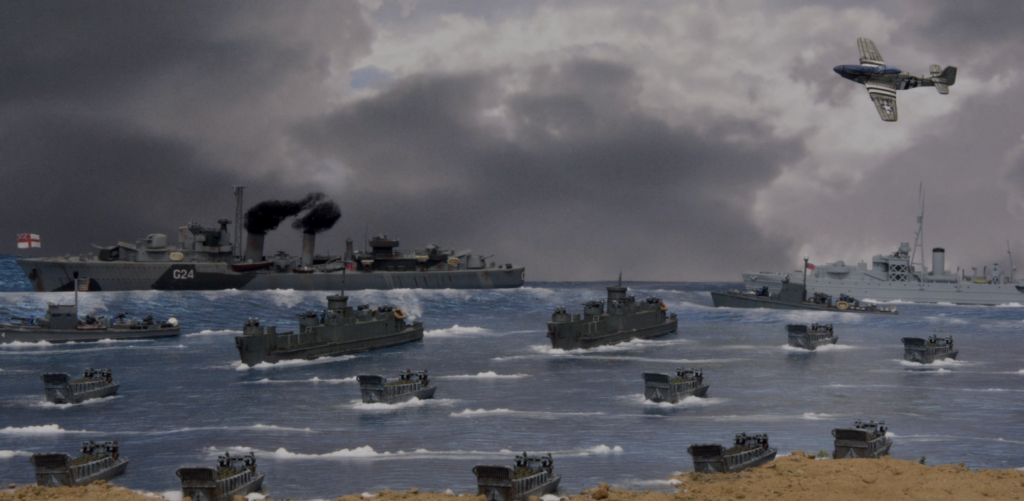
The veteran 50th ‘Tyne and Tees’ Infantry Division landed between Le Hamel and La Riviere at 0730hrs in two sectors Jig and King. 47 Royal Marine Commando would land on Jig beach at 0930hrs. The D-Day objectives of the troops landing on Gold were to first link up with the Americans on Omaha, capture the important port of Port-en-Bessin, take Bayeux, a road network hub that would allow the Allies access to the Normandy hinterland, and cut the road between Bayeux and Caen. At Jig sector on the British right flank, the 1st Hampshires, 2nd Devonshires, and 1st Dorsetshires of the 231st Brigade landed under heavy fire and for a little while were pinned down on the beach. Their supporting tanks, Shermans of the Sherwood Rangers and Sherman crabs of the Westminster Dragoons, Churchill AVREs and Crocodiles of the 6th Assault Regiment, and Centaurs of the Royal Marines Armoured Support group, arrived late due to the rough conditions. When they did land, they were hit hard from the German 716th Division’s anti-tank and artillery fire, but got the infantry moving again as they blasted enemy pillboxes from point-blank range.
In King sector, units of the 69th Brigade landed at 0737hrs under heavy fire. In the first waves were companies of the 6th and 7th Green Howards and the 5th Yorkshire Regiment, veterans of Gazala and El Alamein. Supporting the 69th were DD Sherman tanks of the 4th/7th Dragoon Guards and tanks from the 6th Assault Regiment of the 79th Armoured Division. The first waves hitting the beach faced a deadly crossfire. The tank crews also suffered from the accurate fire of a casemated 88mm gun firing across the beach from La Riviere. The 88 was soon dealt with by a well-placed shot from a Churchill AVRE. Troops of the 5th Yorkshire Regiment soon cleared La Riviere with the help of DD Shermans from the 4th/7th Dragoon Guards.
Both brigades fought their way off the beach with the help of the AVREs which pulverised strong points with their 290mm mortars. Their advance was constantly delayed by new lines of defence and new strongpoints that had to be dealt with. At one such strongpoint, Sergeant Stan Hollis of the 6th Green Howards single-handedly took out two pillboxes at the battery position at Mont Fleury. For his gallant effort Hollis was awarded the only Victoria Cross of D-Day. In the meantime, No. 47 RM Commando after taking heavy casualties on the way to the beach (five of its landing craft were sunk, one of which carried their commanding officer who caught up with the commandos later in the day, they lost much of their weapons and equipment and had to replace them with German weapons) made for their objective, Port-enBessin. Port-en-Bessin was the port the Allies planned to connect their PLUTO underwater fuel pipeline to. After moving off the beach – the RM Commando’s progress was slowed by minefields, snipers, and machine gun positions. They weren’t able to reach Port-en-Bessin until the following day.
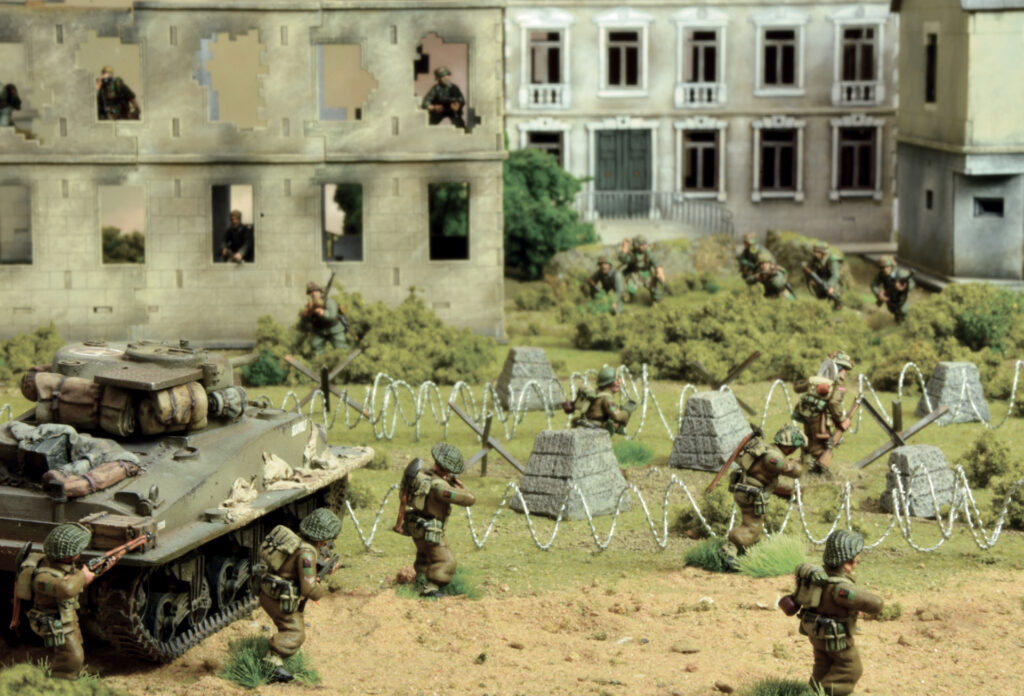
The 151st Brigade also landed and advanced on Bayeux. In their way was Kampfgruppe Meyer whose men and assault guns barred their progress. Though the 50th Division fought hard against some stubborn resistance they were unable to reach their D-Day objectives. By midnight all of the 50th Division had landed, as had much of the 7th Armoured Division. The British now had firm lodgement in France.
CSM Stan Hollis, VC
By D-Day, Stan Hollis had already fought in Dunkirk, North Africa and Sicily, and had been promoted to Company Sergeant Major in the 4th Battalion, Green Howards. He and his men were part of the attack on Gold Beach, and it was in the fighting there that he would become the only soldier on D-Day to be awarded the Victoria Cross, the highest award for valour in the face of the enemy. As his unit came across a pair of enemy pillboxes, he charged the first. Using his Sten gun and grenades, he cleared both of them, single-handedly taking 26 prisoners. Later that day, after taking a house that had been sheltering enemy artillery, he realized that two of his men had been trapped in there and left behind. Turning to his commander, he said ‘I took them in, I will try to get them out’. Again, using grenades and gunfire, he was able to distract the enemy long enough for the trapped men to escape.
CSM Stan Hollis VC is one of our limited edition miniatures available as part of the Warlord Medals Exchange. You’ll find rules for fielding him in games of Bolt Action on page 96 of Campaign D-Day: Overlord.
British/Canadian Beach Assault
The British/Canadian Beach Assault Reinforced Platoon Theatre Selector (found on page 163 of Campaign D-Day: Overlord) is a versatile tool to allow you to represent any of the infantry divisions involved in the beach landings; the 50th Infantry Division, the Canadian 3rd and British 3rd Infantry Divisions (it is recommended to select only regulars for such lists). It can also be used to represent the 1st and 4th Commando Special Grenades.
On the next page find a scenario and guidance for refighting Gold Beach using Bolt Action.
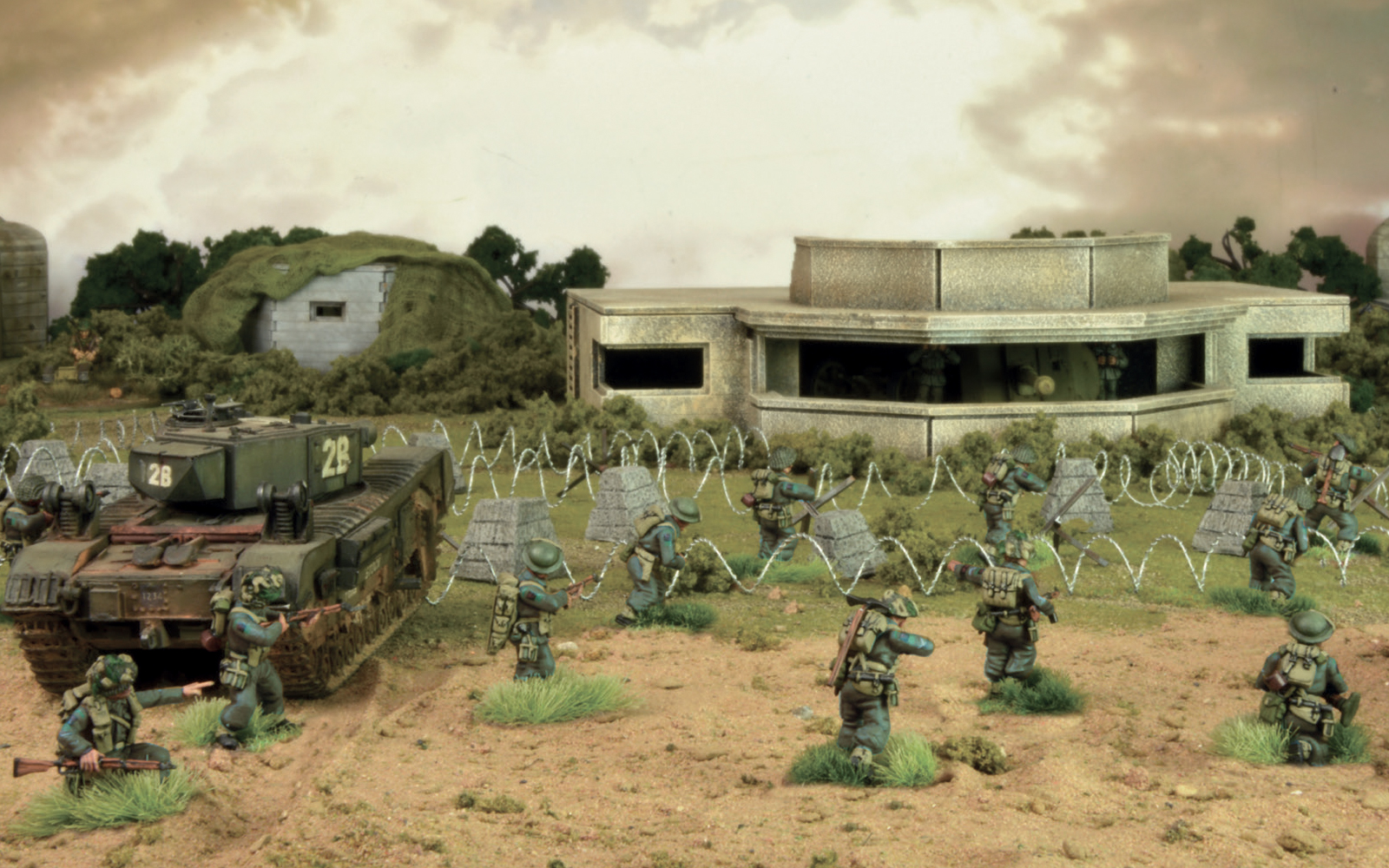
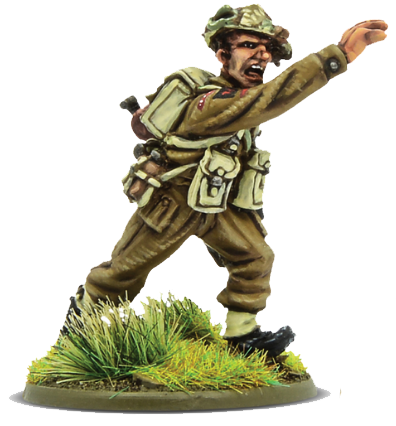
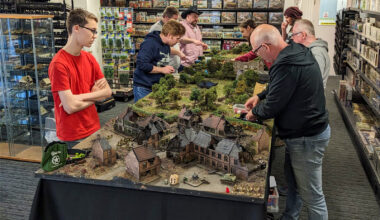
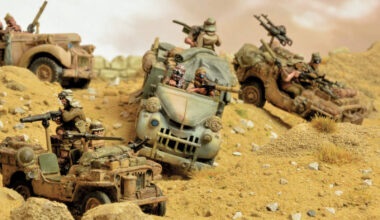
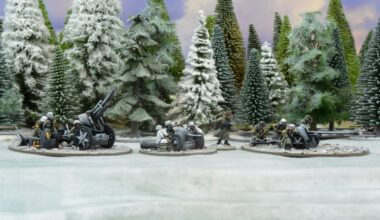
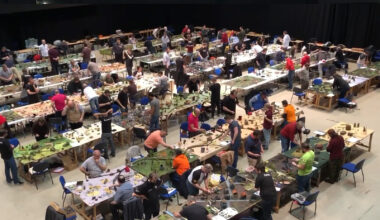
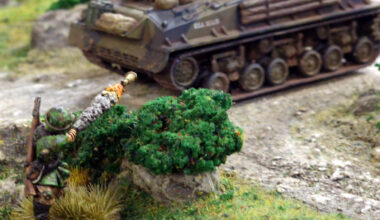
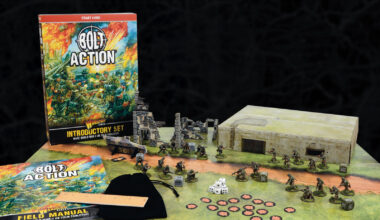
2 comments
Well. If he isnt my gaming twin i dont know who is! I have umpteen unpainted minis… And im lucky to roll above a 2 most of the time! Glad to see I’m not alone!
My grandfather served LCA 524 Flotilla, who landed the first wave of the Hampshire Regiment on Gold Beach on June 6th 1944. Although he didn’t talk a great deal about the war, I remember as a 6-year-old asking if the Germans shot at him as they landed. He laughed and said they shot everything at them as they came in. I had no idea quite how bad it was on that day and was told years later by my grandmother about the nightmares he had from what he saw. If you visit Gold Beach walk away east up the beach from Le Hamel and you’ll come across the remains of one of small pillboxes that was destroyed during the assault, and was likely shooting at my grandfather as he came in to land.
Comments are closed.